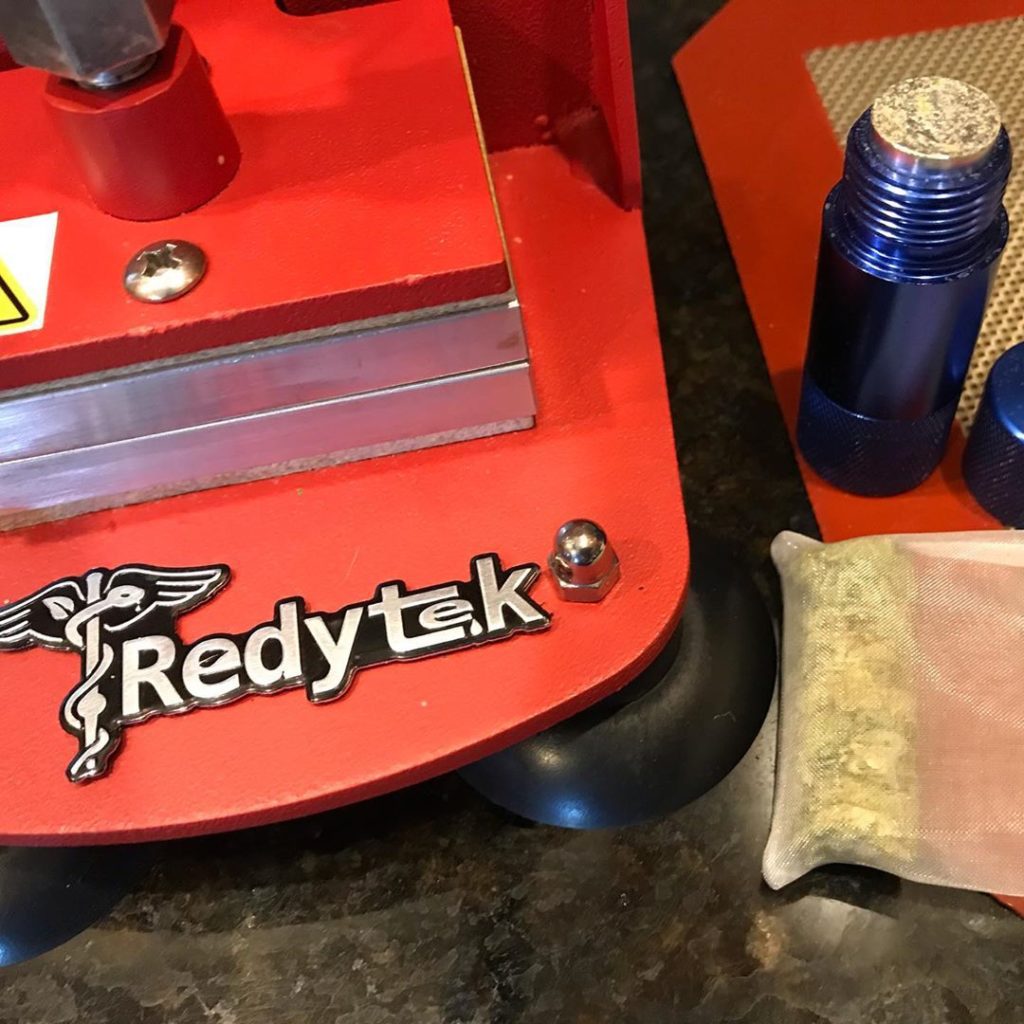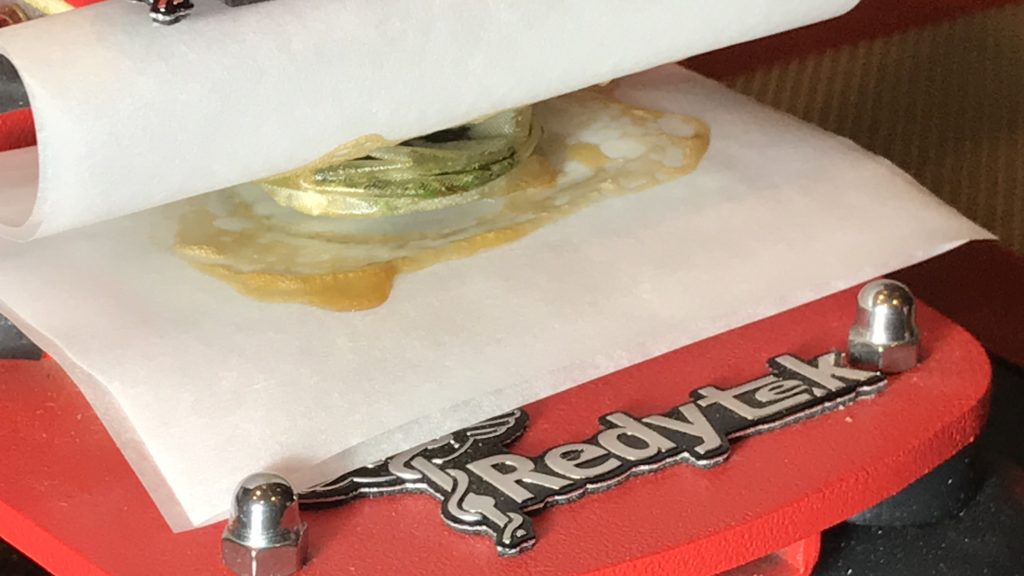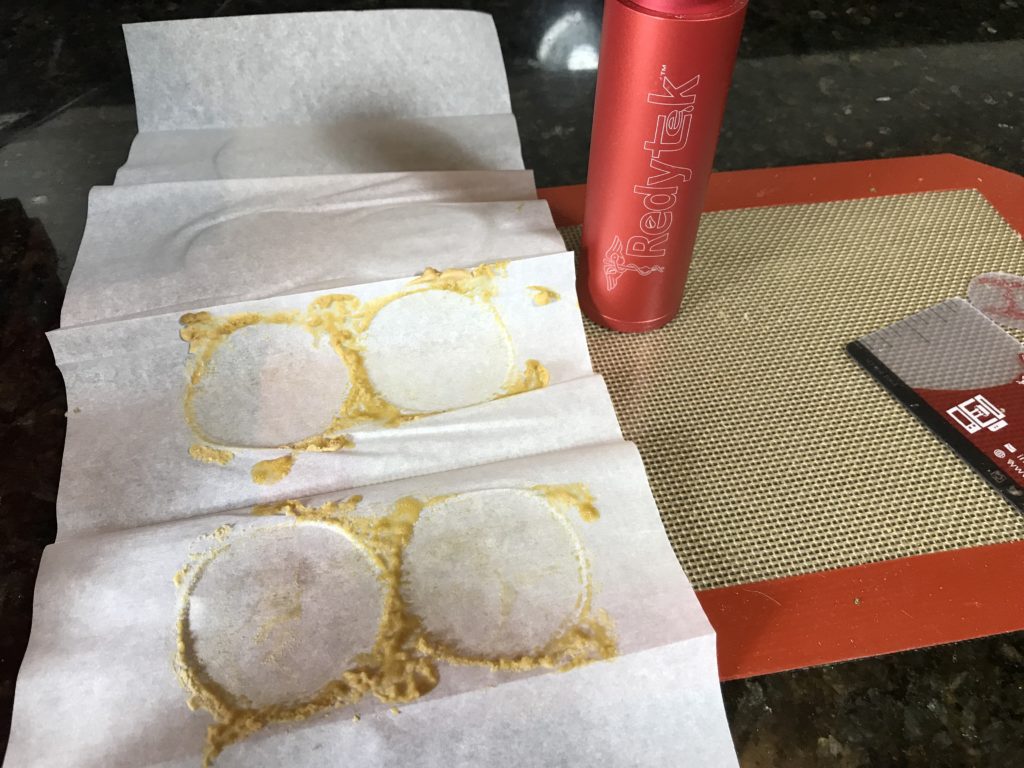Press Missoula Dispensary Material into Solventless Flower Rosin
Missoula Medical dabbers make solventless rosin at home!
Are you aware that the possession of Medical cannabis is now legal in Missoula Montana?
Dispensaries are open in Missoula for business, how do you choose the best dispensary flowers for squishing into flower rosin? We have a few tips for you if you do decide purchasing material from a Missoula dispensary to make into rosin is the route for you.
Sometimes it’s not possible to grow your own, or maybe you don’t yet have a space to grow. That’s ok, dispensary material will work, if you take proper preparation and own a rosin press. Heat and pressure are all it takes to extract the flavorful trichomes from the plant material.


Primarily, make sure you are going to a trustworthy dispensary in Missoula. You want to make certain you are speaking with a well-informed bud tender. This is when online reviews are your friend. 4 star and higher rankings should suffice.
However don’t be afraid to shop around the shops in Missoula. Various strains affect most people in different ways. Try strains with cannabinoids, terpenoids, and flavonoids that work best for you. Then stick to them. There’s no shame in smoking the exact same strains every day.
Speak with your Missoula bud tender. Ensure they provide strains you like. Ask if they will continue to provide them down the road. There is great comfort in understanding how your medicine will treat you. The same impact each time.
Ask you bud tender when their Missoula crops harvest was. Older plant product that has actually been sitting around longer, will likely produce a darker rosin. Efficient, but not as delicious as you may get with fresher product.
Check the moisture content of your Missoula dispensary flower. Is it dank, loaded with crystals and sticky when squished? Has it been handled much? Was it properly Stored in containers and burped regularly? Proper cure is important for high quality flower rosin.
Plastic bags will steal resinous glands from your flower by adhering to the bag. Material without frosty white crytals, will not produce as much of a return.

Material needs to be re-hydrated prior to pressing. Moisture can be added to material numerous ways. Include humidity to a sealed container with the material sealed inside. Within 12-36hrs product will be damp enough for efficient rosin returns. Bring your flower up to 62% relative humidity. Do this the day before pressing. Do not store material long term at high humidities.
What is the scent of the product you will be using? Solventless extraction maintains delicious terpenes. The scent of the plant originates from these terpenes. These terps are then transferred through with the oil concentrate. The better the fragrance, the bigger the taste of the rosin.
Utilize a 40x microscope to inspect the flower’s resinous glands. Are the trich’s swollen and cloudy? Have some turned amber? Does the flower appear to have a great deal of white crystals on it? You know the saying ‘fire in, fire out’, well it’s not a saying. It’s the reality!! It take high quality starting product to make fire rosin.
Something to think about when picking material for {echo(city)} rosin. Do you desire Indica, Sativa or a Hybrid? Keep in mind when you turn your flower into rosin, it becomes concentrated. Concentrates are much more powerful than the flower it came from, 60-90% or higher! The rosin will retain the same properties as the flower, bu stronger. Much stronger.
Pick sativa if you want to stay awake, focused, creative and talkative.
Select indica if you have actually had a long day and want to relax, reduce pain, sleep.
Or chose a wonderful hybrid.
Hybrids are a combination of both Indica and Sativa. Learn if the strains is Indica dominant or Sativa dominant or 50/50. Hybrids can affect each individual in a different way. Try out your strain in plant form prior to pressing it into rosin. Learn more about the strain. Get an idea of what to anticipate. Prior to turning it into a cleaner, more potent, rosin.
Scroll Missoula Dispensary Map
Shops near Missoula
Find Flower in Missoula to Press into Rosin!
Missoula (Séliš: Nłʔay – “Place of Small Bull Trout”, Ktunaxa: Tuhuⱡnana) is a city in the U.S. state of Montana; it is the county seat of Missoula County. It is located along the Clark Fork River near its confluence with the Bitterroot and Blackfoot Rivers in western Montana and at the convergence of five mountain ranges, thus it is often described as the “hub of five valleys”. The 2020 United States Census shows the city’s population at 73,489 and the population of the Missoula Metropolitan Area at 117,922. After Billings, Missoula is the second-largest city and metropolitan area in Montana. Missoula is home to the University of Montana, a public research university.
The Missoula area began seeing settlement by people of European descent in 1858 including William T. Hamilton, who set up a trading post along the Rattlesnake Creek, Captain Richard Grant, who settled near Grant Creek, and David Pattee, who settled near Pattee Canyon. Missoula was founded in 1860 as Hellgate Trading Post while still part of Washington Territory. By 1866, the settlement had moved east, 5 miles (8 km) upstream, and had been renamed Missoula Mills, later shortened to Missoula. The mills provided supplies to western settlers traveling along the Mullan Road. The establishment of Fort Missoula in 1877 to protect settlers further stabilized the economy. The arrival of the Northern Pacific Railway in 1883 brought rapid growth and the maturation of the local lumber industry. In 1893, the Montana Legislature chose Missoula as the site for the state’s first university. Along with the U.S. Forest Service headquarters founded in 1908, lumber and the university remained the basis of the local economy for the next 100 years.
By the 1990s, Missoula’s lumber industry had gradually disappeared, and as of 2009, the city’s largest employers were the University of Montana, Missoula County Public Schools, and Missoula’s two hospitals. The city is governed by a mayor–council government with 12 city council members, two from each of the six wards. In and around Missoula are 400 acres (160 ha) of parkland, 22 miles (35 km) of trails, and nearly 5,000 acres (2,000 ha) of open-space conservation land, with adjacent Mount Jumbo being home to grazing elk and mule deer during the winter. The city is also home to both of Montana’s largest and its oldest active breweries, as well as the Montana Grizzlies. Notable residents include the first woman to serve in the U.S. Congress, Jeannette Rankin.
